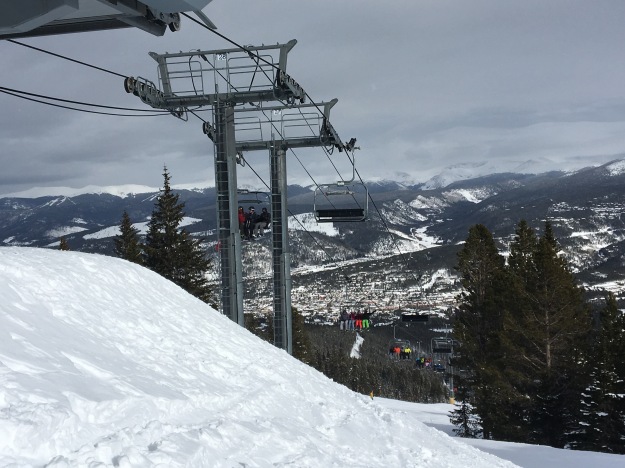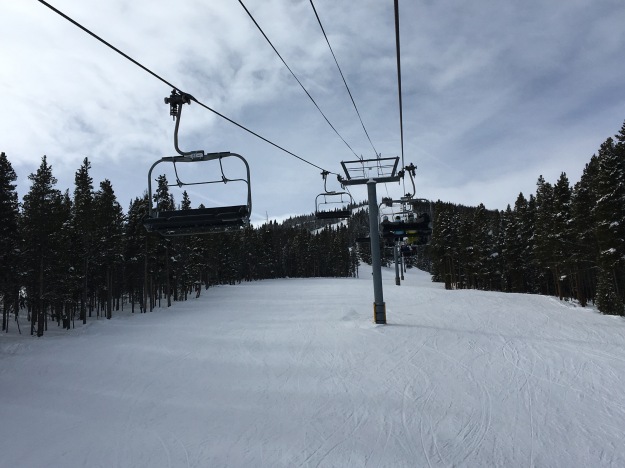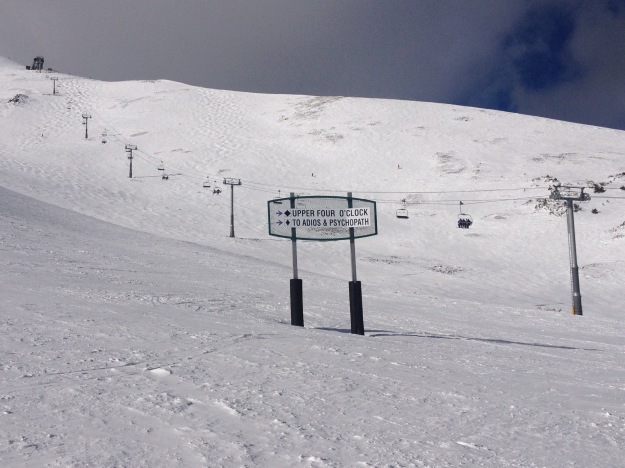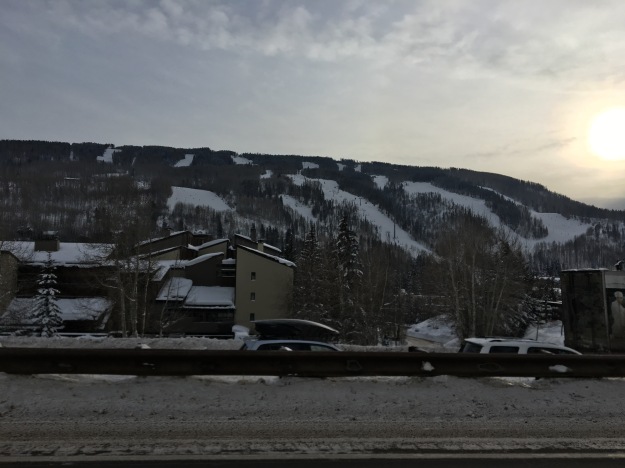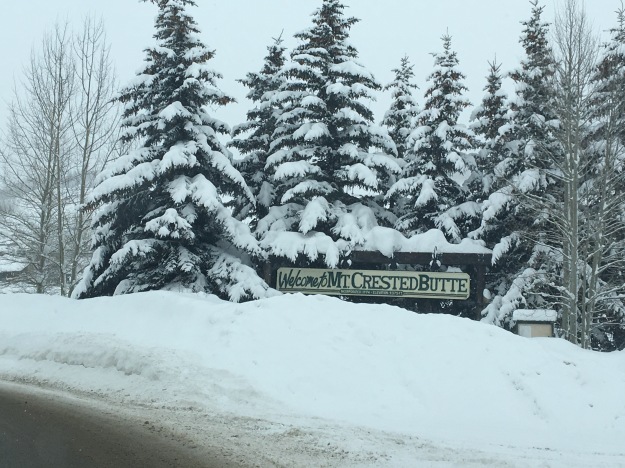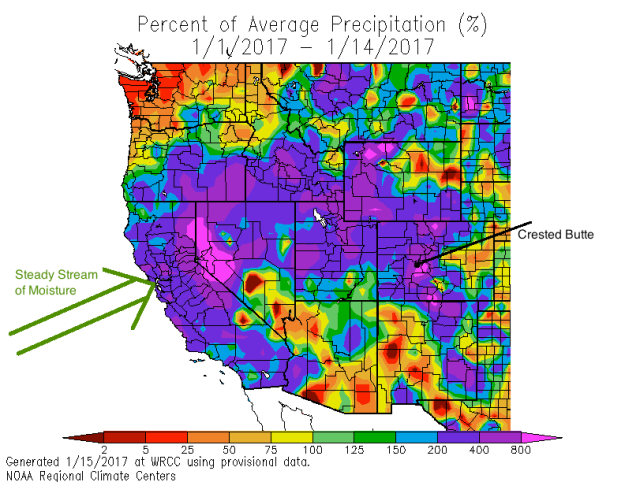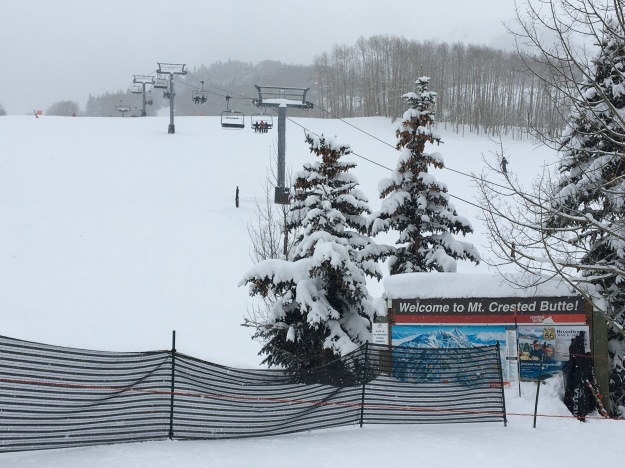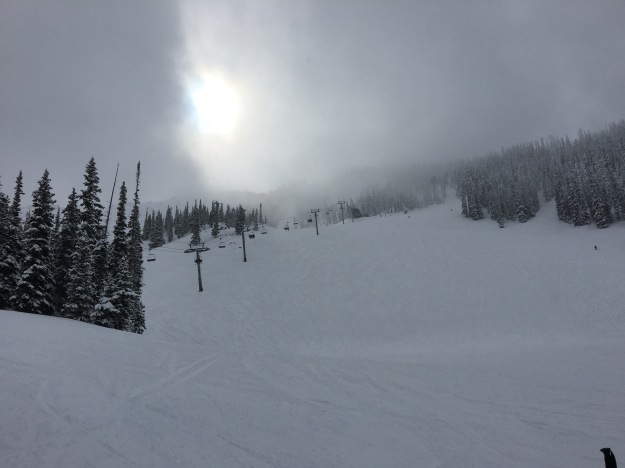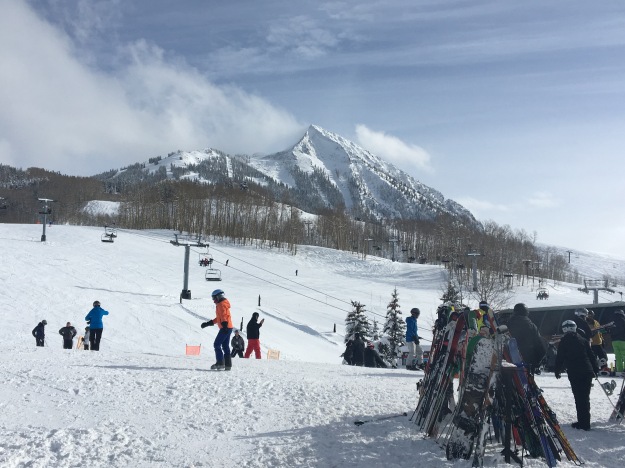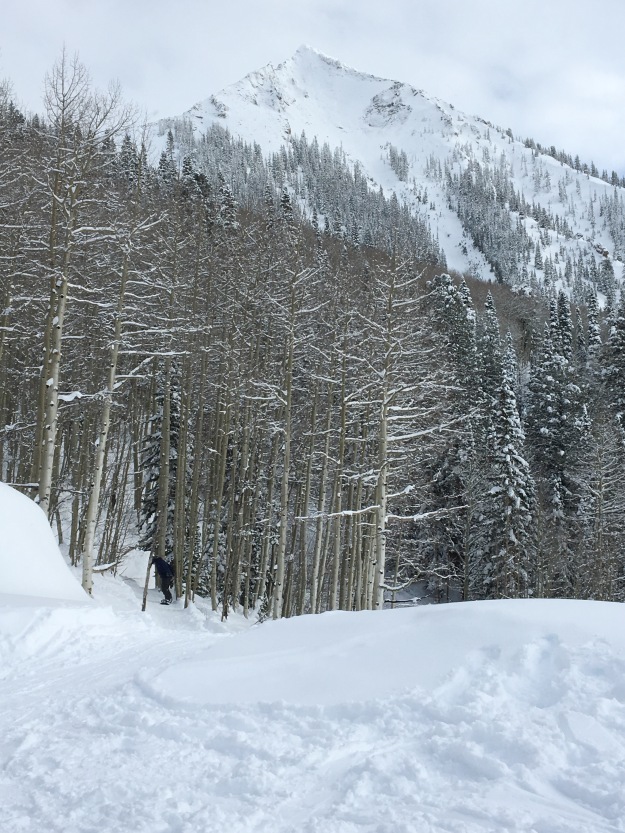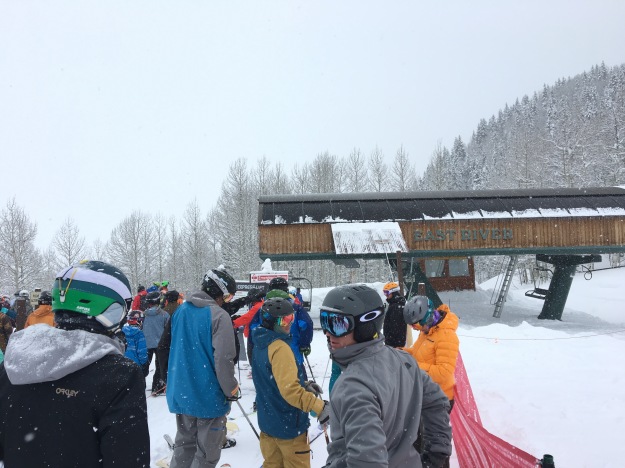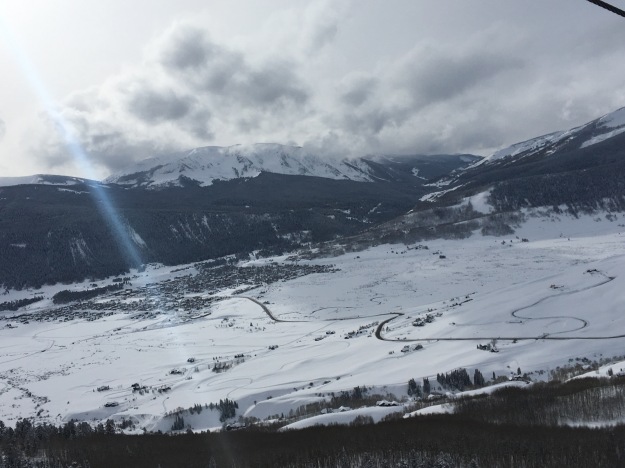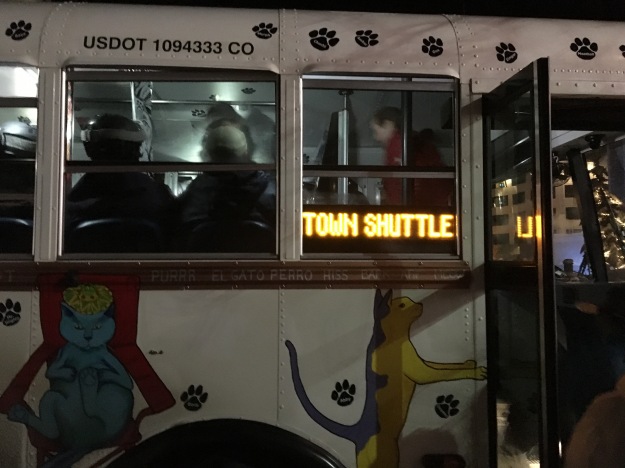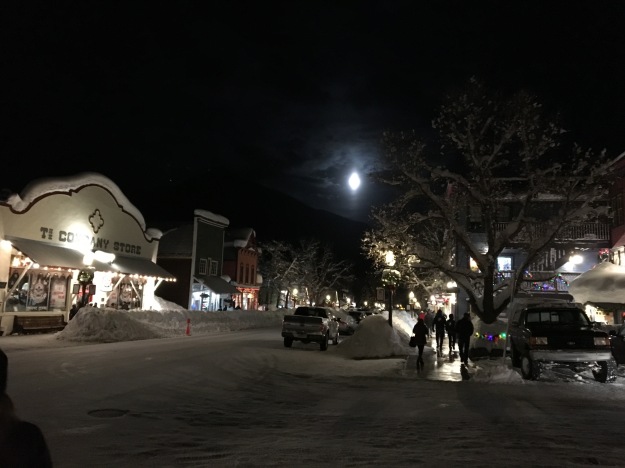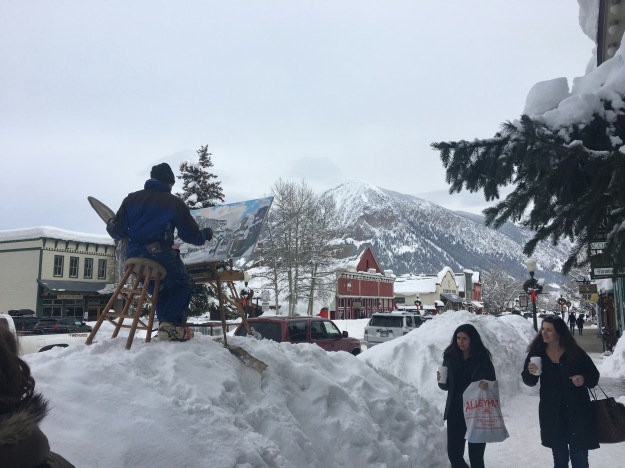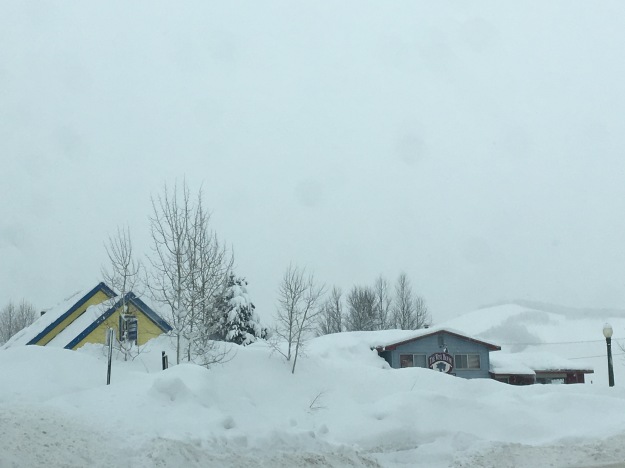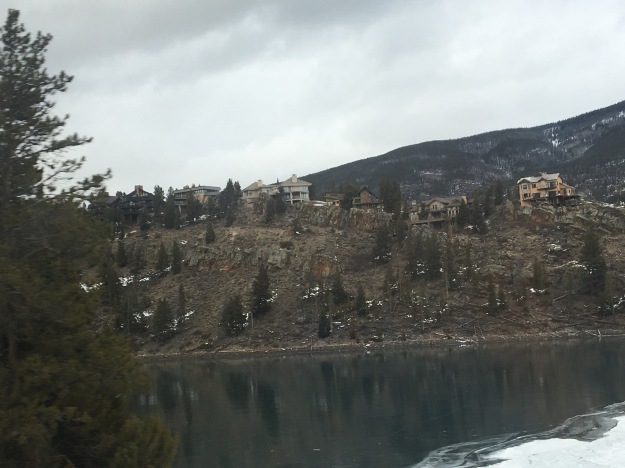
A week after New Years, Dillon Reservoir, which sits at a little over 9,000 ft (or about 2750m) in elevation is still partially open (as in not ice covered). Little to no snow is to be seen on the hills that surround the lake. By this time of year, they typically display a bright white color of undisturbed snow. The very persona of the region is different, particularly on a cloudy afternoon such as this one. It doesn’t really feel like winter. Yet, it is hard to attribute this scene to any other season of the year.
It is still hard to wrap the mind around the fact that at almost the exact same time last year, Central Colorado was getting pummeled, with feet and feet of snow.
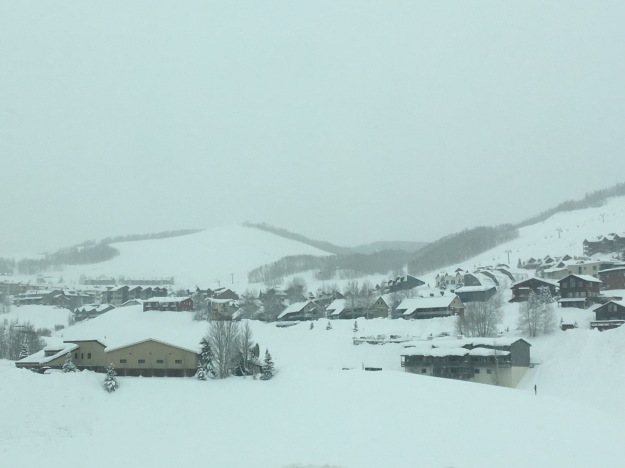
This isn’t a complete climate catastrophe. There are still people hitting the slopes.

But, the conditions are less than ideal. Half the trails remain closed. Some of the ones that are open have sketchy parts, where it is common to encounter rocks, branches, and blades of grass. Also, disappointingly, some of the best places for skiing, in wide open areas where it is easier for snow to blow off the mountain, are simply unnavigable.
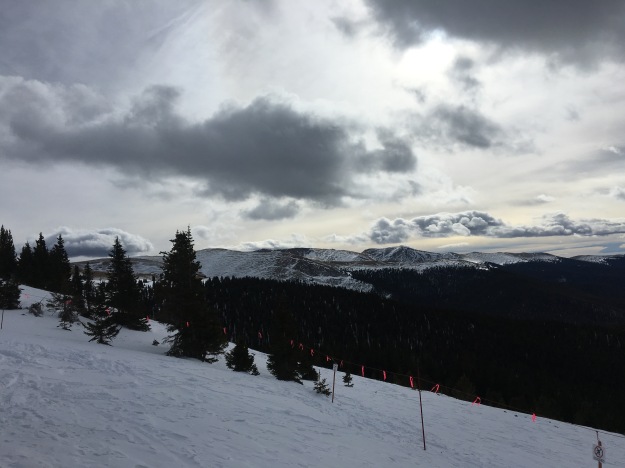
Visual reflections of the warm and dry start to winter show up all over Colorado. The open plains in places like the San Louis Valley, and even South Park (elevation near 10,000 feet) appear all but snow free. The snowpacks on the higher peaks appear shallow and inconsistent.
Colorado isn’t the only place experiencing a completely different winter from last year. After a relatively mild winter last year, the Midwestern and Eastern states experienced a complete turnaround at the end of 2017 into the start of 2018.
Chicago experienced a record tying 12 day span where temperatures did not exceed 20F (-6C).
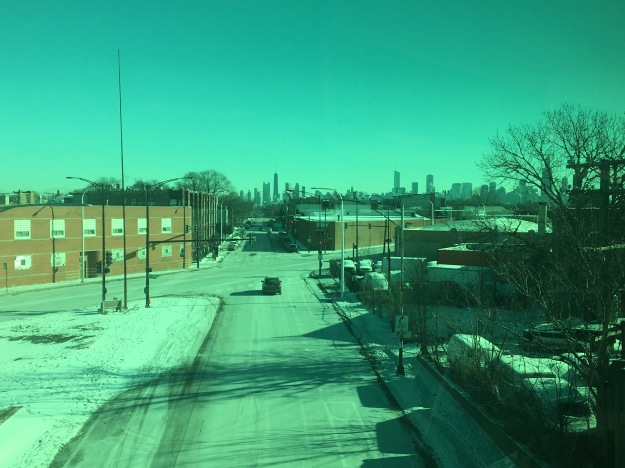
While cold temperatures crippled a typically vibrant city, on the other side of the lake, the continuous flow of cold air over Lake Michigan produced steady and large amounts of Lake Effect Snow.

Accumulating snowfall occurred as far south as Florida, for the first time since 1989!
A lot of people who planned ski trips to the Rocky Mountains, or trips to the Southeast to escape the cold are disappointed. Some may speculate as to why, and wonder if this is part of some troubling long-term trend.
While it is completely understandable why someone would see bare ground at 11,000 feet above sea level in January and be concerned, it is important to remember that this is just one place, at one point in time. Last year those same places were getting pummeled with snow. Also, at that same point in time, it was snowing in places like Tallahassee and Charleston, cities where it snows less than once a decade!
What many are experiencing, when comparing how this winter has begun, with last winter, is variance, in a somewhat extreme form.
“Normal” weather, if there is such a thing, is often the result of large-scale weather patterns that vary and progress. This leads to experiences like two rainy days in a week, periodic snow in the mountains, or temperatures ranging between 15 degrees below and 15 degrees above the long-term average. Essentially, what people expect.
The start of 2018 is an example of a period of time when the weather pattern had become persistent. These are the times when extremes are experienced. The persistent pattern at the start of 2018 kept most of the west warm and dry while driving cold air, straight from the arctic right into the eastern half of the continent.
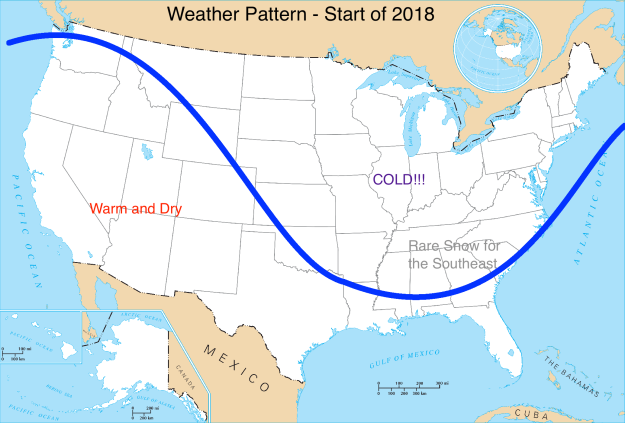
Likewise, one year ago, there was also a persistent pattern – one that looked quite different, and produced different extremes. One year ago, a strong jet off the Pacific Ocean formed, transporting large amounts of moisture straight into California, Utah, and Colorado. These storms played a large role in ending a long-term drought in California.
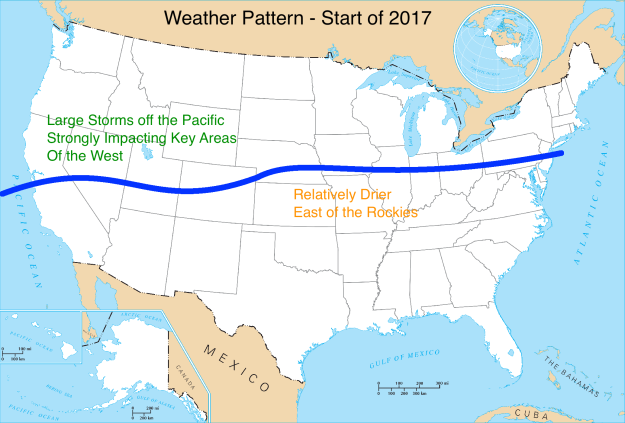
None of this is to dismiss the adverse effects of either extreme weather events or long-term trends in temperature or precipitation. If the mountain tops of Colorado remain dry, it could have an adverse effect on the water supply in many place in the west, and could also indicate high fire potential next summer. Likewise, a changing climate is something that needs to be dealt with. However, it should be dealt with in a manner that is appropriate, which means considering data on a larger scale, and multiple perspectives before taking action.
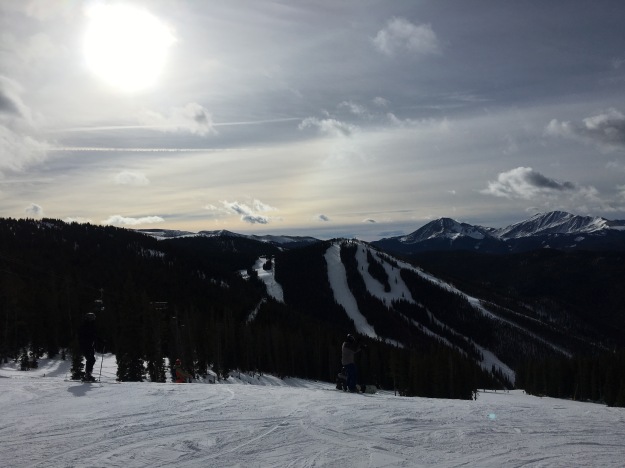
While outdoors, experiencing conditions both normal abnormal, the only thing that can be done is to dress appropriately, try to ski around those rocks and branches, and pause to take in the experience while it is happening.









